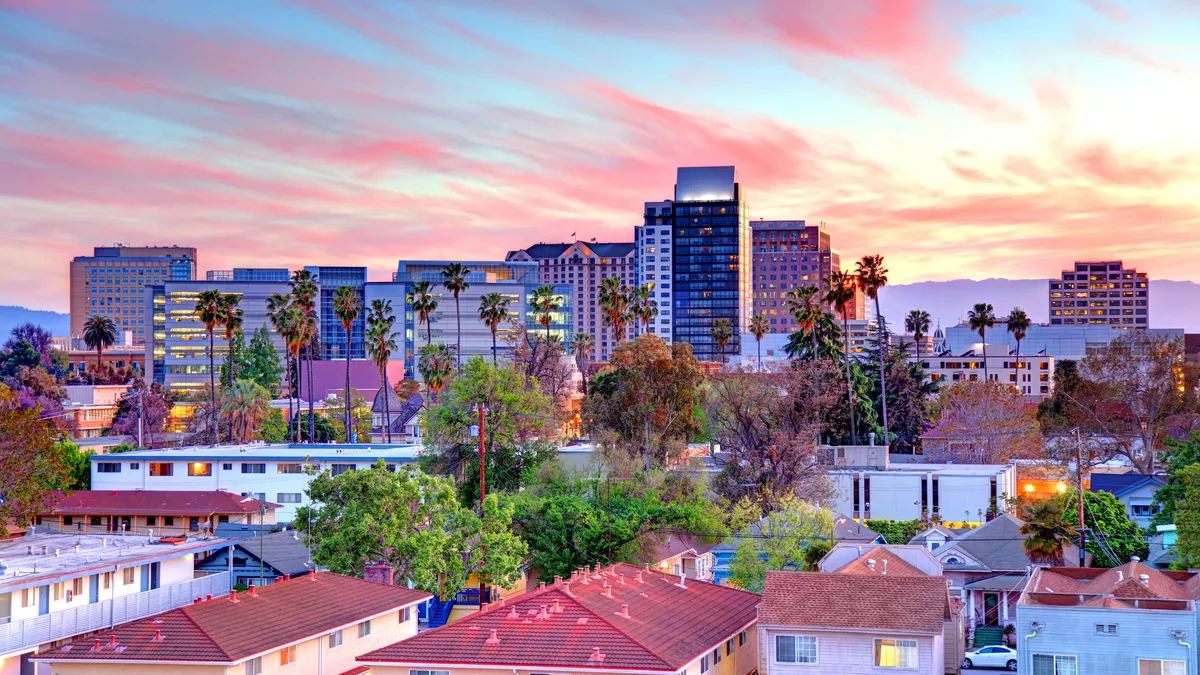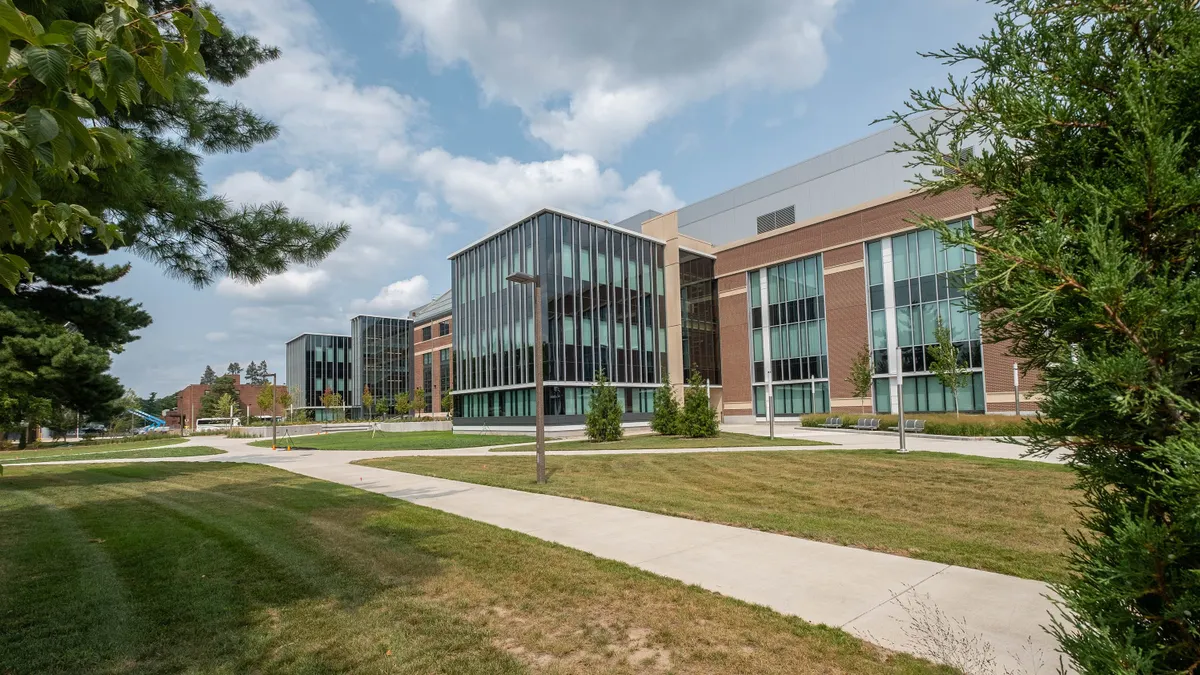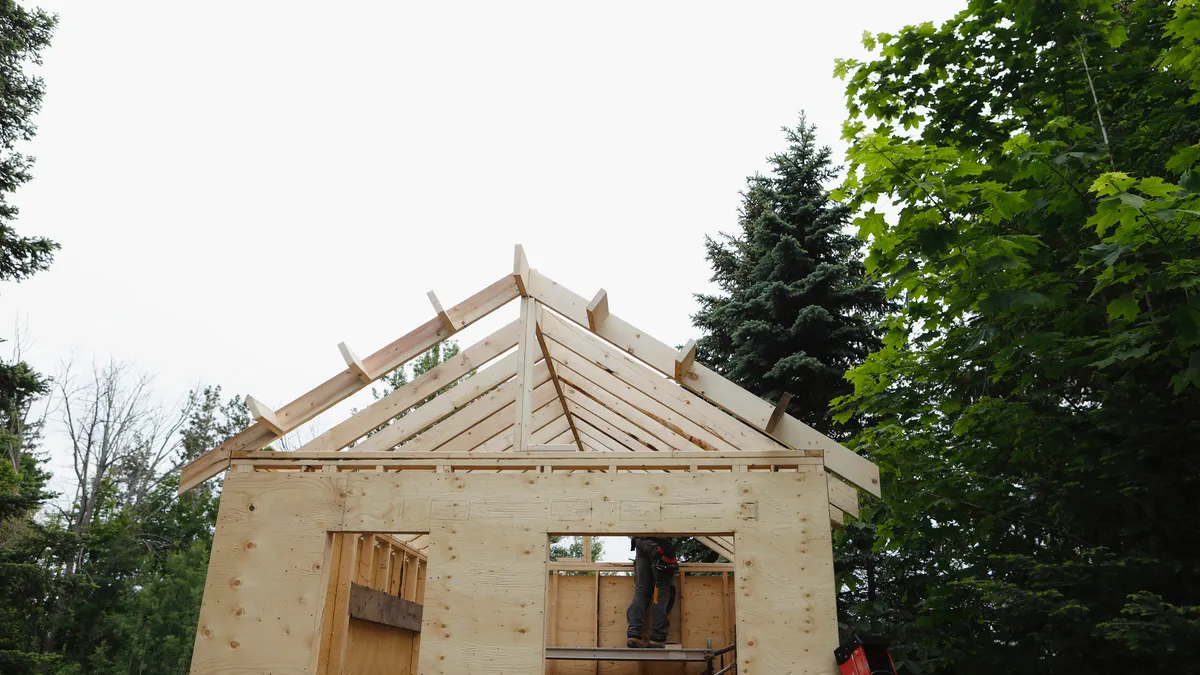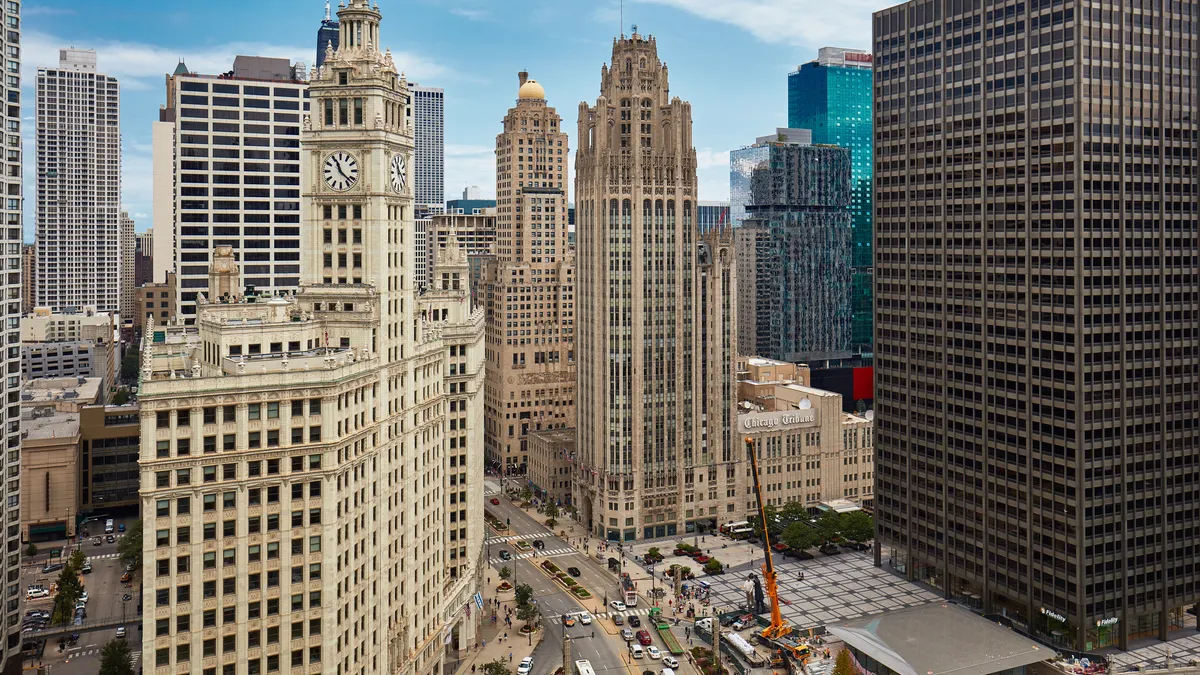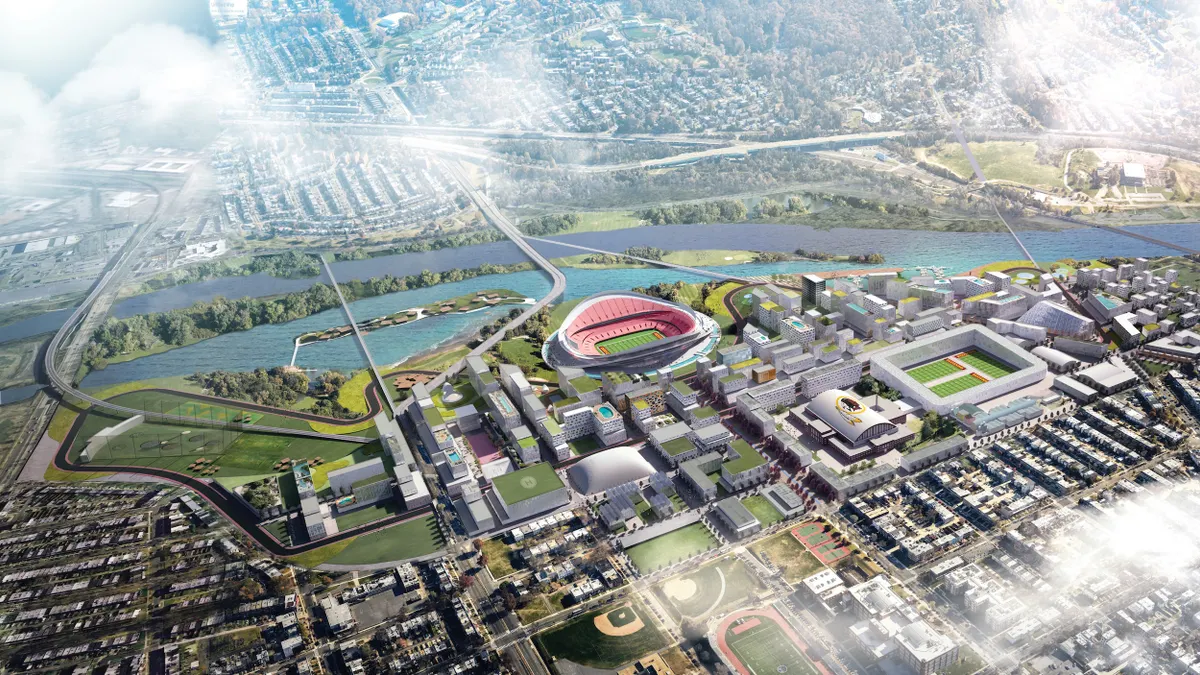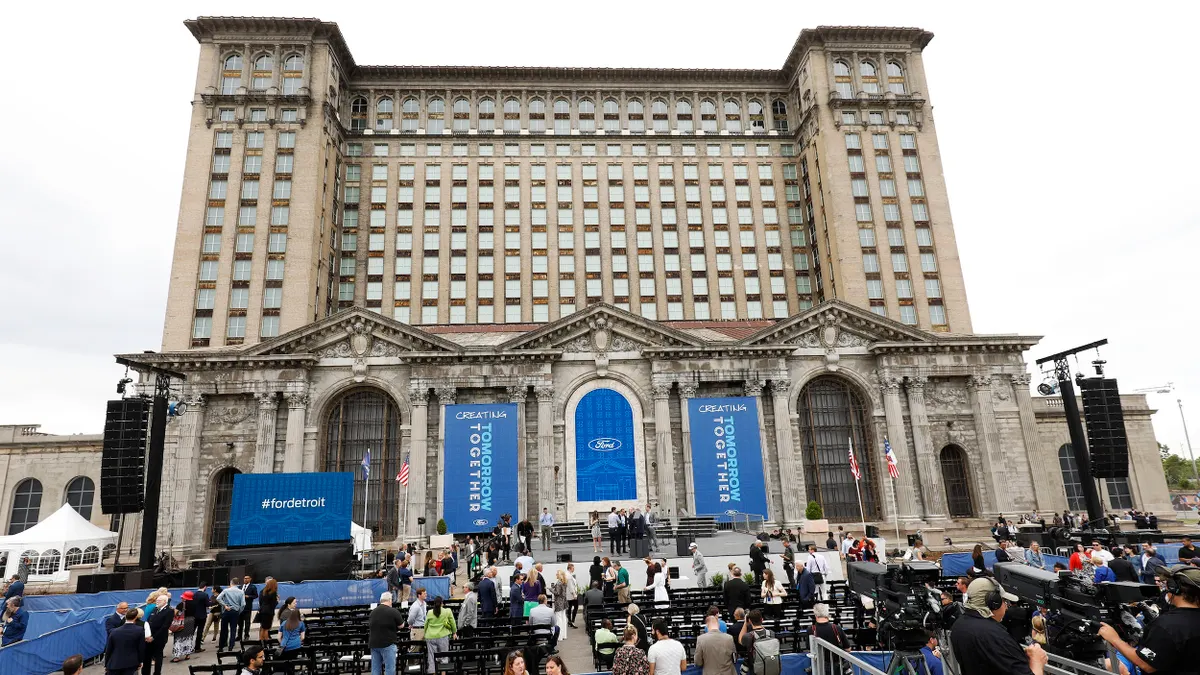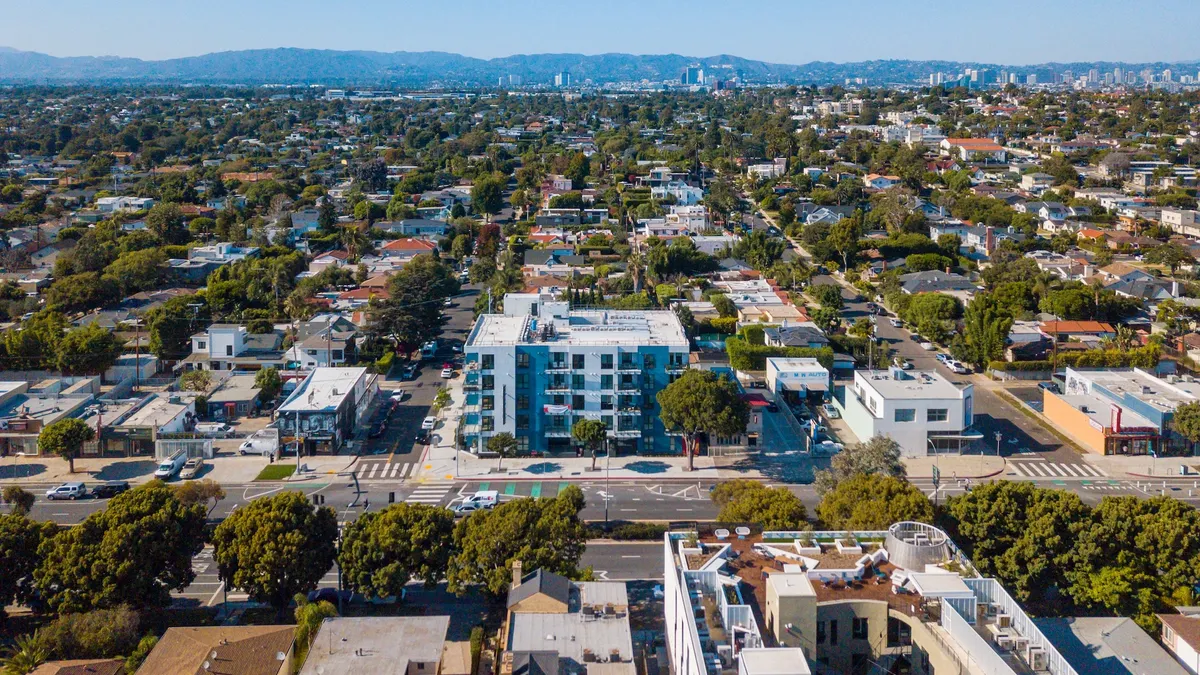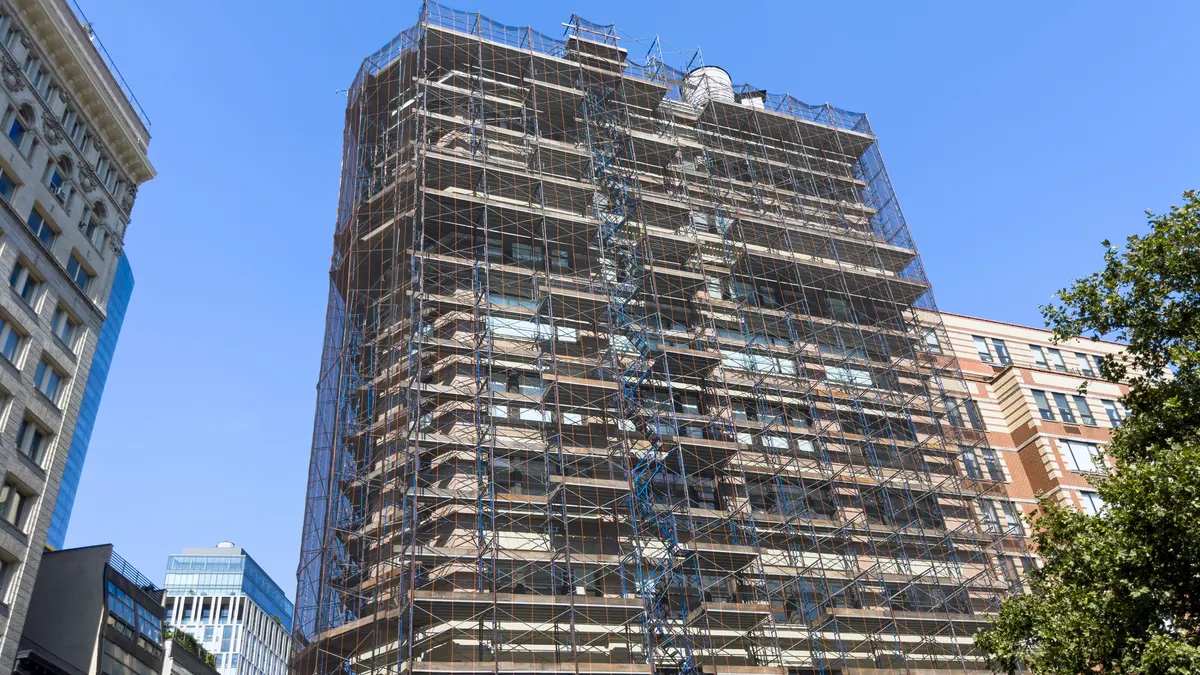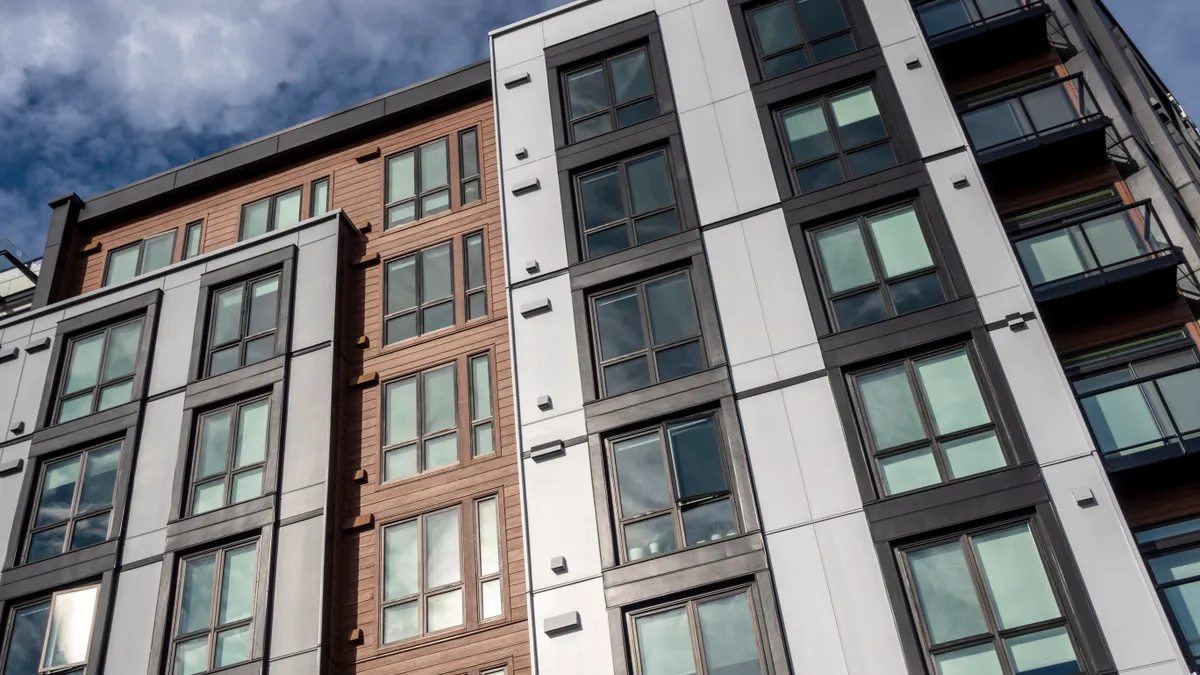Based in the tech hub of California’s Silicon Valley, San Jose is no stranger to innovation. Neither is Kerrie Romanow, the city’s first chief sustainability officer, who was recognized with an award for individual leadership earlier this month at the 2023 Climate Leadership Conference in Los Angeles.

Romanow, who also directs San Jose’s Environmental Services Department, has been plugging away at climate work for years. The city was one of the first in the nation to outline a path to reach the Paris Agreement’s greenhouse gas emissions reduction targets, adopting its Climate Smart San Jose plan in 2018.
About two years later, San Jose became the nation’s largest city at the time to require new construction to be all-electric. Just earlier this month, San Jose City Council adopted the final draft of a document examining how the city’s natural and working lands can be managed to help accomplish carbon neutrality.
Smart Cities Dive caught up with Romanow to discuss how city climate plans can offer residents “the good life 2.0,” how to make municipal climate action as cool as Tesla and why San Jose is looking to get rid of lawns in an entire neighborhood.
Editor’s note: This interview has been edited for clarity and brevity.
SMART CITIES DIVE: How would you define innovation in regard to how cities are dealing with climate change?
KERRIE ROMANOW: I think the whole field of resolving our current climate situation is innovation, right? ... But the challenge is we have to do more, faster.
Part of what we're working on in San Jose is “Where's the cool factor?” How do you get people to move towards it? That's where our Climate Smart San Jose plan is really centered around the “good life 2.0.”
Part of it is looking at how we build our city differently — building things so that “Why would I get in my car to go there? That's crazy; it's right over there. We can walk there, and there's a beautiful park and an ice cream shop, and it's a lot faster because there's no parking, or there's a bike I can borrow.” ... But it's getting that ramped, getting us over the steep incline to getting used to it.
We've done a lot of outreach, a lot of talking to folks. In San Jose, if you don't know what an induction stove is, we have induction stoves that come with the pans, a little cooktop, that you can check out of our libraries. ... Then people can see, “Wow, you can simmer chocolate like nobody's business, right? You can do it to the exact degree you want, and it stays super even.”
What are some of the limitations and barriers to making a climate-friendly community cool and doable?
Certainly, money is a problem, right? That’s always the problem. Getting people’s attention is hard because people are really busy. Also, San Jose is 180 square miles, and like most cities in the U.S., we’ve been built over hundreds of years. Looking at what a home needs is such a challenging conversation because one home was built in 1921, one was built in 1946, and another one was built yesterday. For example, where people’s furnaces and water heaters are greatly influences the cost of replacement.
What we’re looking at is the best pathway for customization, which means how do you leverage at-risk youth or people who want to do job transitions to go and do home audits and help someone do a little pre-work so they know what might be involved.
[Building retrofits have] got to be more interesting, or it has to be really cheap, and I have to install it for you for free, so you’re like, “Oh my god, that’s a deal I would never turn down.” We look at both sides of that equation. Some of it’s probably going to be lots of incentives, as with most transitional things.
It seems like a lot of the success of these programs hinges on creative community engagement and outreach. Do you have any suggestions for best practices?
We do our fair share of outreach from the city too, but we sponsor some nonprofits to hold house parties, where you have neighbor-to-neighbor conversation, and the city isn’t there. Then we ask them at the end — I think they give us quarterly reports — what did you learn? What were the complaints? What’s the general theme of the feedback you’re getting? Then we can take that and figure out what we need to do differently and how we need to help them.
We also have them ensure they’re staffed up to be able to have those conversations in Vietnamese, English and Spanish. They’ll have different groups speak — whatever is comfortable in that particular neighborhood. So it’s getting that evangelism started throughout the population.
Which climate projects are you currently most excited about prioritizing in San Jose?
We have a “zero energy neighborhood” — a ZEN neighborhood — where we’re piloting kind of everything in Climate Smart in one neighborhood. The neighborhood has volunteered for it, so people pitched why we should pick them. That’ll help us have a spot where people can see, kind of like when solar first came out, you could go see somebody’s house.
Another thing is that we’re working with some of our water retailers to take a neighborhood, if not the ZEN neighborhood, and go block by block to remove front lawns and do re-landscaping. Particularly in our lower-income neighborhoods, with the droughts we’ve been experiencing and the higher cost of water, the neighborhoods can get a little rundown-looking. If we can transform a couple of blocks and add street trees and beautify that neighborhood, that does a lot more than just climate. Half our water use in San Jose is outdoors, so it can cut their water bill in half, and then you don’t have to do as much maintenance either because you don’t have a lawn to cut.
Then ongoing meetings with developers to really figure out how do we placard some buildings so that anybody knows if it’s carbon-neutral or not. ... That would be really interesting to me if I could walk into my employer’s building, and it’s carbon neutral.
So it’s doing 500 things every week but moving it forward.



